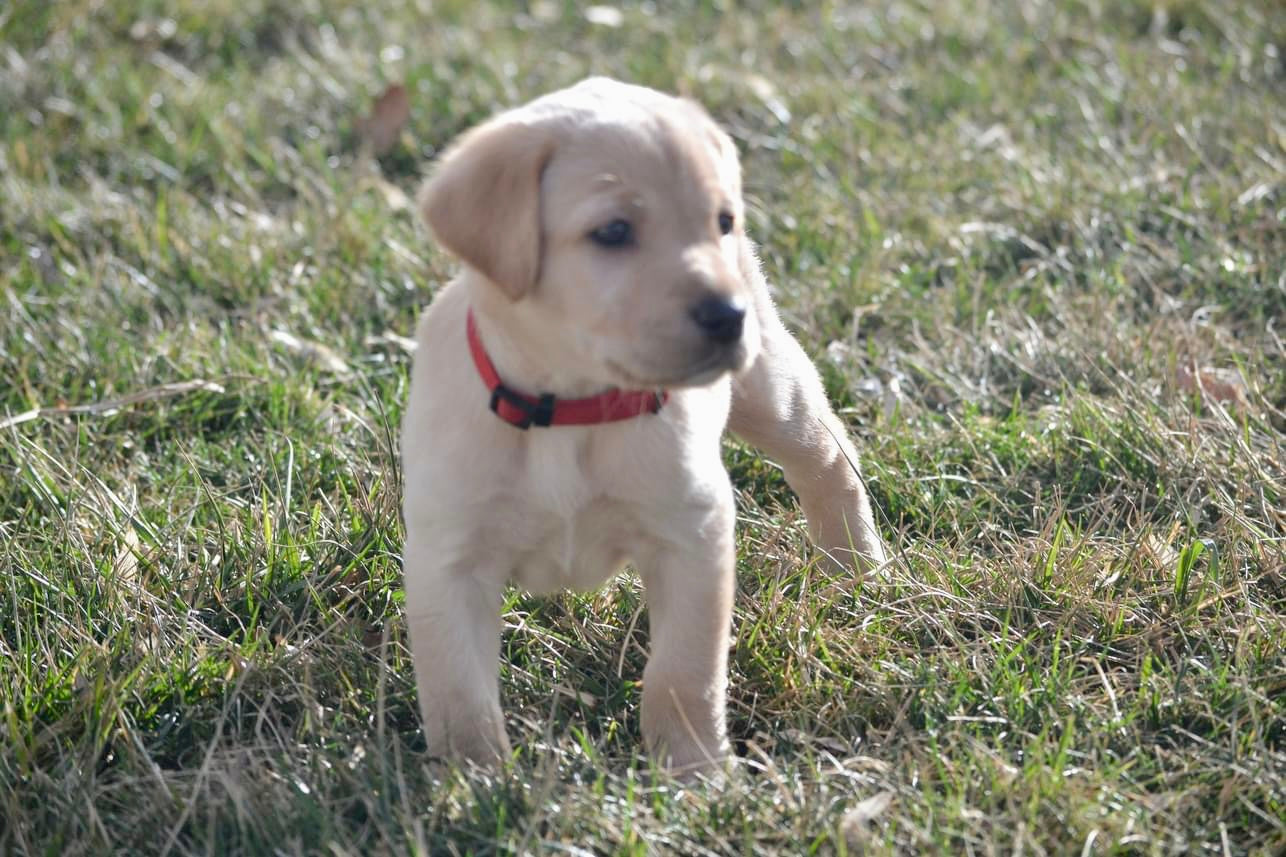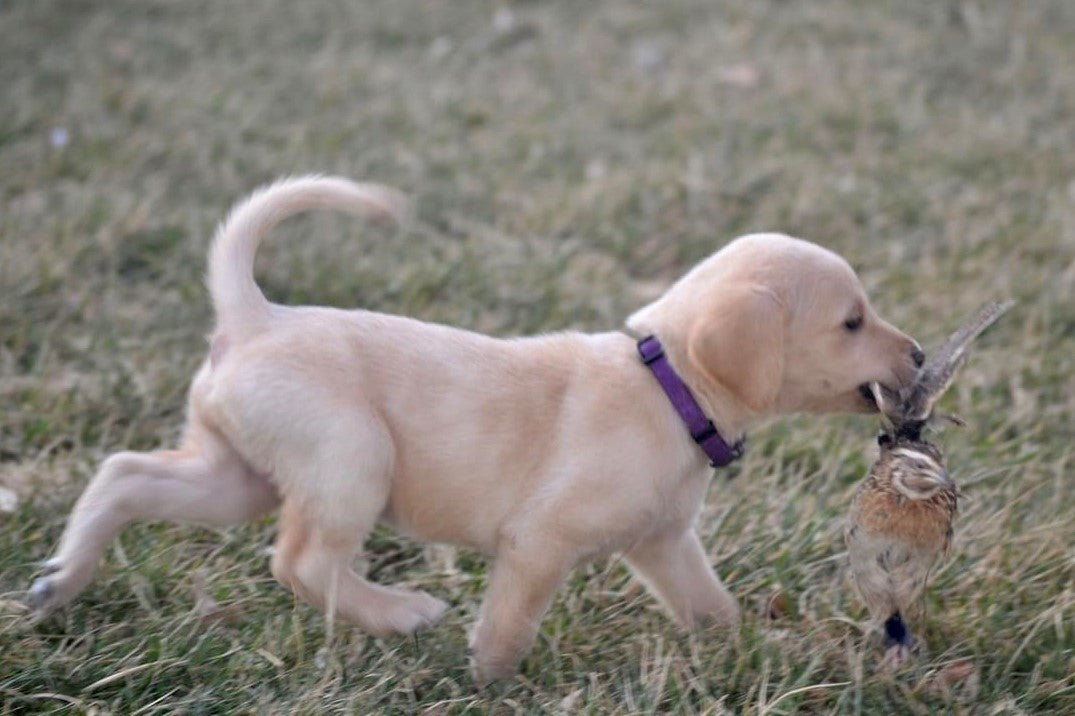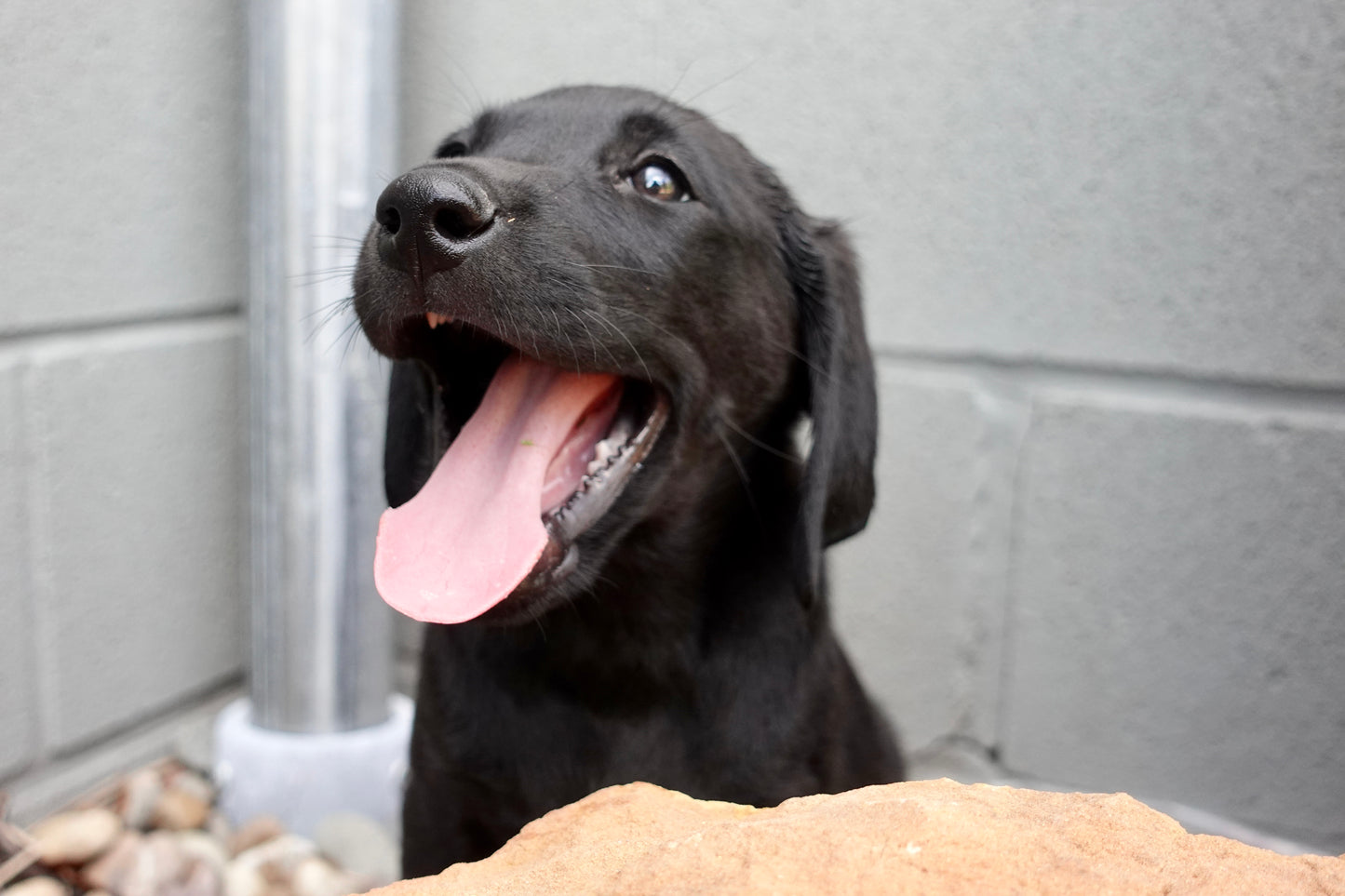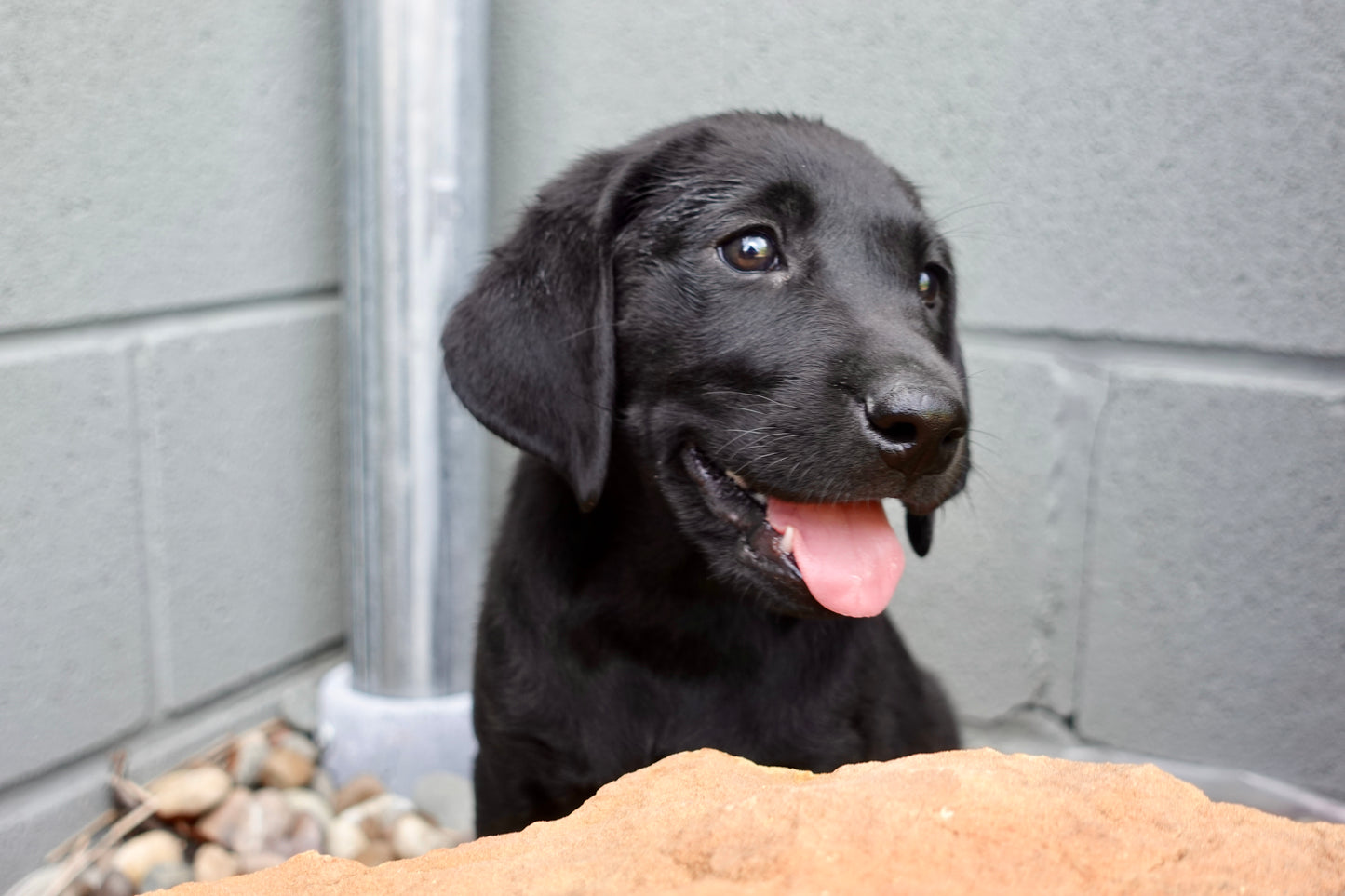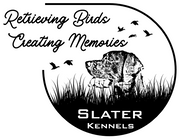Planning for Puppies
-

Puppies from Apa & Annie
In the Our Dogs tab, you can read a bit more about our two girls, Apa and Annie. Feel free to Contact Us or use the chat bubble to discuss their strengths and weaknesses and determine if one of their puppies is right for you and your family. We look forward to hearing from you!
~~~~
Read below for more health information; we will ONLY ever be fully transparent and honest with you because you -and our puppies- deserve nothing less.
Breeding Methodology
What Do These Breeding Terms Mean?
Clear Genetics
The easiest way to ensure a puppy's best shot health-wise is to perform genetic testing on both the sire and dam before she goes into heat. We use Embark for Breeders to ensure that no pairing will result in easily avoidable adverse genetic traits affecting your puppy.
If you recall punnett squares from High School biology, dominant and recessive genetic inferiorities can be passed down in a mathematically predictable fashion. Those that are dominant can manifest themselves in the puppy regardless of the other parent's genetic makeup, while recessive genetic inferiorities are less likely to cause any health conditions in the puppies unless both parents have the same recessive gene. When we say we are a clear breeder, we mean that no genetic inferiorities, be they dominant or recessive, will be present in either the dam or the sire of your puppy, and thus cannot be passed down.
OFA Compliant
Orthopedic Foundation for Animals (OFA) x-rays are used to identify hip and elbow dysplasia in dogs, with the OFA originally being created to help breeders reduce the indidence of hip displaysia specifically. Though just as with humans, the split between joint issues being genetic and experiential is not entirely known, research has shown that well-conformed joints in the parents are a important factor contributing to their offspring's conformation. Experiential factors in the puppy's adolecense (up to about two years old), dictate the remaining contribution.
We require that all sires and dams have passing OFA scores on both hips and elbows in order to be paired to give your puppy its best shot as it goes to its new home.
Non-Dilute Coloration
A highly controversial subject, silver, charcoal, and champagne labradors do not conform to breed standards. Simply, the B gene is expressed as black/chocolate with the E gene yielding yellow. Some genes can impact the color of those three base coats to cause different shades, from fox red to eggshell white in yellow labs to varying shades of brown in chocolate labs. But dilute labs are not just varying shades of the traditional colors, they look to an entirely different gene, the D gene. When puppies inherit two copies of the recessive d gene, denoted as recessive by the lower case letter, their coat appears to lighten.
All labradors have two copies of the D gene in one of these three combinations: DD (solid color, no dilution), Dd (solid color, dilute factored), or dd (dilute color, dilute factored).
While dilute labradors deserve the same love, care, and training as any traditionally colored dog, we actively breed against combinations of the Dd or dd variety to ensure continued success of the breed. All labradors bred and owned by Slater Kennels contain genetics of the DD combination.
SlaterKennels
Puppy Deposit
Share
